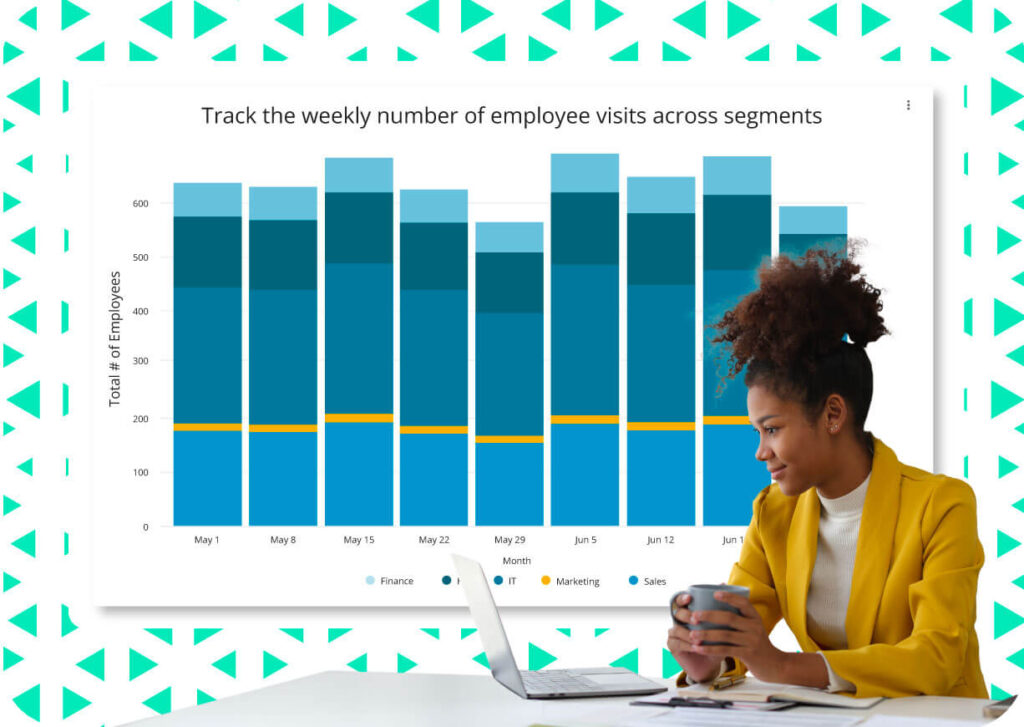Ken Sinclair, Founder, Publisher, and Owner of AutomatedBuildings.com, talks about the state of building automation and what FMs need to know about the industry for the future. Building automation has come a long way since its early days. Controlling HVAC and lighting systems through manual means is quickly becoming a thing of the past. In its place have come growing waves of sophisticated Internet of Things (IoT) interfaces that don’t even need to be touched to manage different aspects of a building.
Ken Sinclair, Founder, Publisher, and Owner of AutomatedBuildings.com, has been following the evolution of building automation for nearly as long as it’s been around. Having worked in the industry for many years, he shares his insights on where building automation is at, where it’s headed, and how FMs should approach it.
Could you start by giving us a brief rundown of your professional background and what drove you to start AutomatedBuildings.com as an online magazine and web resource for the industry back in 1999?
Sinclair: I recently did a keynote at Controls-Con in Detroit and the theme was centered on my next 50 years, because I’ve actually been in the industry for 50 years already.
In the first part of my career, I was an energy automation consultant and that’s how I got involved in building automation. I was originally trained by Johnson Controls then I got involved with direct digital control (DDC) systems in 1975 at the University of Alberta. We had to build our own products because they hadn’t been invented yet. I later came out to the west coast of Canada and grew my career with Delta Controls and Reliable Controls, two local manufacturers of DDC systems.
When I retired, everything on the Internet was coming together in the early dot-com days. Our industry was in shambles and it was very difficult to find resources. I just started creating pages with useful industry links and AutomatedBuildings.com grew out of that. I figured there might be about 5,000 people in the whole world who might find this useful. With globalization and the Internet, it actually kept bringing more and more people that were interested in what we were doing.

As you’ve pointed out, there are so many different elements and moving parts in the automated building industry. What are some of the most important pieces that FMs are looking at right now?
Sinclair: I think the biggest thing FMs are looking at right now is how all this stuff works together. Every time someone walks through the door and tries to sell an FM on something, they’re being inundated with a whole bunch of folks that have their own solution. They want to be your software platform for the building.
I recently attended Realcomm in Nashville and there were over 200 exhibitors there and about 30-40 percent that I’d never heard of. The trouble is that some of these guys have only been in the business for a couple of months and they want to pull together a concept which may or may not be valid.
The biggest problem for FMs is buying into standards that have already been around for a while. BACnet is one. People have been joking around about whether BACnet is dead or not. It may not be the best communications protocol anymore, but it’s still good as an interoperability platform. If you buy a chiller and it’s got BACnet, you can pick up on all the points of the chiller. The interoperability piece of it is incredible.
The newer and evolving standard which BACnet has made part of their own standard is Haystack, which is a naming and tagging convention. We’re getting an amazing amount of data coming out of these buildings and we need a way to manage that. The most logical way is through machines or machine learning. You can’t do that if everyone wants to call a device what they think it should be called. We’ve had to come up with strong rules surrounding how you name things, put them into a hierarchy, and into tags.

You’ve also been vocal about understanding the difference between automated intelligence and artificial intelligence. Could you break down some of the primary differences between them?
Sinclair: I’ve always had trouble with the term “artificial intelligence.” First of all, I don’t think it’s a very good description. If someone said you were artificially intelligent, it wouldn’t mean anything positive. It’s come to mean when machines do the thinking themselves and our industry is still a long way away from that.
In the old days, systems would be quite centralized, then they moved out to a panel level, and later, edge devices. Once intelligence is on the edge, then the autonomous interaction can occur on the edge. We’re starting to see that and learning a lot from what the automotive industry is going through with self-driving cars.
We’re all experiencing what we call “hands-free interactions.” In the old days, you used to have to turn the knob on a thermostat. Now the thermostat is run by Amazon Echo and you can just tell it to turn up a degree or tell it to go into away mode—you don’t have to touch it. Although there is a device involved, we don’t have to pull out our phones anymore. We’re starting to see more and more interfaces evolving that way.
The other side of that is that we’re seeing location services where these devices sense our presence and start to create heat maps of where people are. If we identify the person with a face picture, we can set them up with data. That’s autonomous interaction and automated intelligence.

You just touched on this new world of IoT connectivity and it’s become a bit of an industry buzzword in recent years. How do you define that term as it pertains to automated buildings?
Sinclair: When IoT was really coming on the scene about five years ago, we saw companies like Google and Amazon make strong penetrations into the home market. They provided voice-activated devices that you didn’t have to touch.
We thought the Googles and Amazons were just going to consume the automated building industry. Well, it’s been five years and it has become crystal clear they want no part of the automated building industry because it’s so complex. Not the IoT interface—that’s easy—but the actual consequences of starting a half-a-million-dollar chiller at the wrong time and breaking it. No building operator wants an unproven IoT program doing that.
What has happened to us as an industry is we have become a piece of the IoT. Automated buildings have basically become a piece of the internet of everything. We keep getting more and more things that we have to control on a daily basis. We control the tint on office windows. We control the solar panels on a building. We need to have this incredible IoT interaction, but we have to understand our industry to actually make it work.
The other side of that is the power systems driving us aren’t having any new generations built, so we’ve got what we’ve got. You have to work within it. If you want to establish a new peak, you’ll be penalized very heavily. That’s why we do things like run our cooling at night and charge up a large tank of chilled water and run our buildings off that during the day, because it makes financial sense.

What do you think FMs coming into the industry should take time to learn and understand about automated buildings?
Sinclair: You see it playing out right now in our homes, people are either an Apple family or an Android family. We tend to adopt these technologies that aren’t standards, but they’re so pervasive they begin to look like standards. Once you sell 100 million units of something, it doesn’t matter if it’s a standard or not. It’s something everyone has to deal with.
FMs have to decide what standards they’re going to use and how they’re going to pull the data back. We’re into more analytics than ever before. There’s this whole idea of separating the analytics and putting it into a data lake because we don’t know how we’re going to use the data.
The other thing that is coming into buildings that we’ve never had before is social media data. People will actually tell us if they’re happy, too hot, too cold, and so on. Apps have made it possible to vote on these kinds of things. In the history of automated buildings, these small upstart companies often come and bang their head against the wall. Once they get up to 30-40 million dollars in sales, the big companies are impressed they lasted that long and typically buy them.
Visit AutomatedBuildings.com to get more insights into the building automation industry with all the latest news and resources at your fingertips.
What building automation innovations do you think FMs should be focusing on? Join the conversation and leave us a comment below.
Photos: Philipp Birmes, Gerd Altmann, Pixabay




